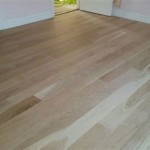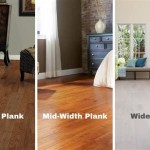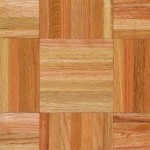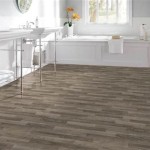Fake Brick Flooring: An Essential Guide
Fake brick flooring is an innovative and cost-effective alternative to traditional brick flooring. It offers a realistic brick aesthetic without the hefty price tag and maintenance challenges. Understanding the essential aspects of fake brick flooring is crucial before making a decision. This guide will provide you with all the necessary information, from materials and installation methods to advantages and drawbacks.
Materials and Construction
Fake brick flooring is typically made from a combination of materials, including PVC, vinyl, and ceramic. PVC and vinyl tiles are lightweight, flexible, and easy to install using an adhesive or interlocking system. Ceramic fake brick tiles are more durable and water-resistant, making them suitable for outdoor applications.
Installation Methods
Installing fake brick flooring is relatively straightforward. For PVC and vinyl tiles, you can use a peel-and-stick adhesive or an interlocking system that requires no glue. Ceramic fake brick tiles require a mortar or thin-set adhesive and grout for a more permanent installation.
Advantages
There are several advantages to choosing fake brick flooring:
- Affordability: Fake brick flooring is significantly cheaper than real brick flooring.
- Durability: PVC, vinyl, and ceramic fake brick tiles are resistant to wear, moisture, and fading.
- Easy Maintenance: Fake brick flooring is easy to clean and maintain with regular sweeping, mopping, or vacuuming.
- Variety: Fake brick flooring comes in a wide range of colors, textures, and patterns, providing endless design options.
- Lightweight: PVC and vinyl fake brick tiles are lightweight, reducing strain during installation and transport.
Drawbacks
While fake brick flooring offers numerous benefits, there are a few potential drawbacks to consider:
- Not as Authentic: Fake brick flooring does not possess the same authentic texture and patina as real brick.
- Lifespan: While durable, fake brick flooring may not have the same lifespan as real brick flooring, especially in high-traffic areas.
- Installation Challenges: Installing ceramic fake brick tiles can be more complex and require professional help.
- Environmental Impact: PVC and vinyl fake brick tiles are not environmentally friendly materials compared to ceramic.
Choosing the Right Type
Choosing the right type of fake brick flooring depends on your specific needs and preferences. Consider the following factors:
- Durability: Opt for ceramic fake brick tiles for outdoor applications or high-traffic areas.
- Convenience: Peel-and-stick or interlocking PVC and vinyl tiles are quick and easy to install.
- Aesthetics: Explore different colors, textures, and patterns to match your desired design style.
- Budget: Fake brick flooring ranges in price depending on the material and design, set a budget before making a decision.
Conclusion
Fake brick flooring is an excellent choice for homeowners and businesses looking for an affordable and versatile flooring option. By understanding the essential aspects, including materials, installation methods, advantages, and drawbacks, you can make an informed decision that meets your requirements and expectations.

Diy Faux Brick Flooring Sincerely Marie Designs

Diy Faux Brick Flooring Sincerely Marie Designs

Brick Flooring Tiles Thin Walls Floor Tile

Authentic Brick Floor Tiles Experienced And Stone

Diy Faux Brick Floor Look For Less The Lived In

Diy Faux Brick Flooring Sincerely Marie Designs

Painted Faux Brick Floor Hometalk

Authentic Brick Floor Tiles Experienced And Stone

Brick Tile Flooring Is It Original To The 1960s And Should Marie Keep Retro Renovation

Tips For Installing Brick Floors Thewhitebuffalostylingco Com
Related Posts








